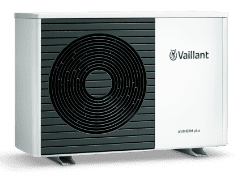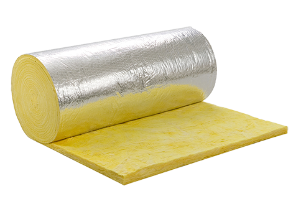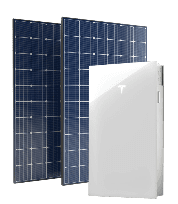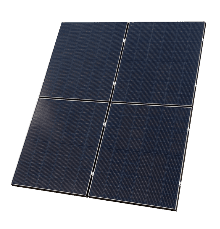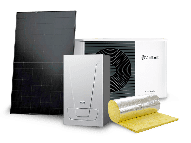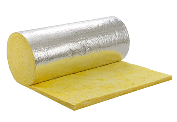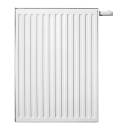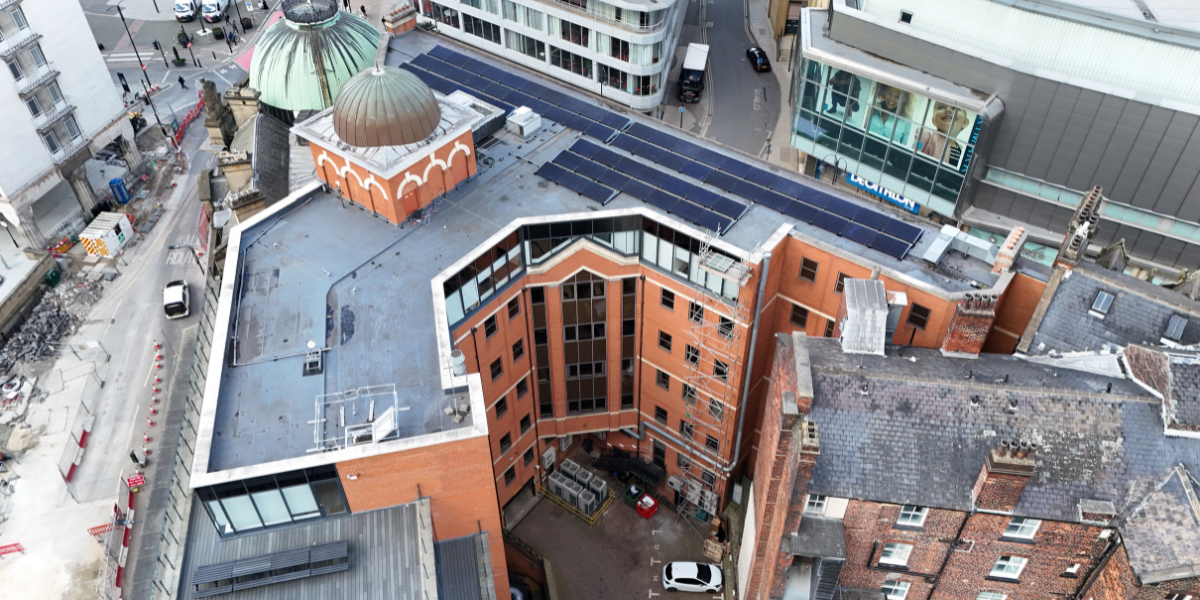With the ‘whole-house’ approach that the ECO Scheme takes, every area of the home is considered and reviewed. From the general heating elements of the home to the insulation of the property. Taking a closer look at each of these measures, here’s how they can have a positive impact on your home’s energy efficiency.
Internal Wall Insulation
What is internal wall insulation? – Internal wall insulation is a method of property insulation that has become popular for certain types of homes requiring additional insulation methods. It typically requires the installation of a new stud wall, where insulation can then be applied. However, it is important to note that this can cause some disruption, as radiators, switches, and fixed units may have to be removed and re-fitted during installation.
Internal wall insulation for energy efficiency – adding an additional layer to the walls is a clear way to improve the energy efficiency of a home. Helping to reduce heat loss through internal walls and preventing outdoor temperatures from transferring through into the property. The internal wall insulation, although not always an essential part of home insulation, is encouraged where appropriate. This is particularly relevant in older properties such as those built before the 20th century.
Cavity Wall Insulation
Walls are one area of the home where heat is lost through the most. Having uninsulated walls can have a huge impact on your energy bills and the energy efficiency of your home.
What is a cavity wall? – A cavity wall is a prominent feature of your property, any home built after the 1920s is likely to have cavity walls rather than solid walls. It is simply a different type of wall structure, using two “skins” with a hollow centre. This design is primarily used within the construction of homes as a way to prevent outside moisture from penetrating the walls and entering the home, causing damage. However, due to this design, cavity walls are not well-insulated and can therefore make it easier for heat to be lost from the home.
Cavity wall insulation for the energy efficiency of your home – With the installation of cavity wall insulation you can provide excellent levels of insulation to your property. Not only helping to improve the energy efficiency of your home but also helping to cut your energy costs. Cavity wall insulation is simply placed into the cavity between the two “skins”, a job that must be done by a qualified installer.
According to the energy savings trust, a typical installation could save a home this much in energy costs per year:
- Detached house – £485
- Semi-detached house – £280
- Mid-terrace – £165
- Detached bungalow – £210
- Mid-floor flat – £135
Room in Roof Insulation
Room in roof insulation is specifically designed for habitual rooms within the roof space of a property. This type of insulation focuses on the sloping timbers that make up the roof’s structure, filling the gaps between the rafters.
Room in roof insulation will help to keep a property and particularly the roof room warm in winter and cool in summer. Minimising the impact outdoor temperatures have on the living environment of the room. Anybody with a property that has a “room in roof” situation will likely be eligible for funding available via the ECO Scheme. If you are unsure whether your roof room meets the eligibility criteria, our team at Eco Providers can offer you some extra guidance.
Loft Insulation
Most lofts are easy to insulate and the cost savings per year can be impressive! According to the Energy Savings Trust, detached properties in the UK could save up to an additional £445 just by installing loft insulation. While a semi-detached house could save up to £270. With these potential savings, it’s no wonder that loft insulation is such a popular option. And, if installed correctly (we always recommend seeking expert advice and support to install any insulation in your property) it should continue to provide benefits over a 40-year lifetime!
One thing to consider before loft insulation is installed is whether or not your loft has a damp problem. For lofts that do have a damp problem, expert advice must be sought after to fix any damp problems prior to the installation.
To Conclude:
With each type of insulation measure, it is clear that there are certainly a number of benefits to be had. However, understanding the types of insulation and the factors that play into the installation process as well as your property’s particular build will determine which type, if not all types of insulation are appropriate.
Using our online eligibility checker, you can confirm the type of insulation required but also whether or not you would be eligible for most of the funding supplied by the ECO Scheme to ensure proper installation of the insulation measures in your home. Do not hesitate to reach out to the Eco Providers team for more information.
